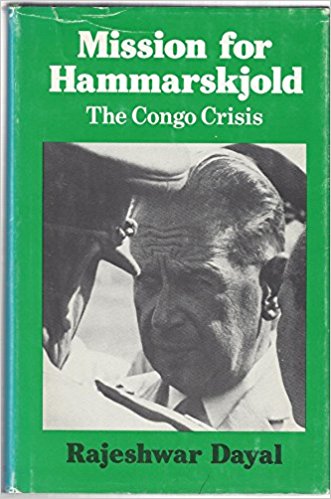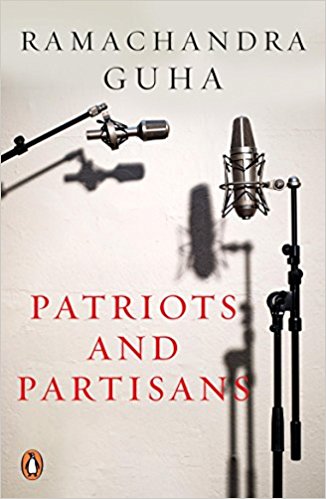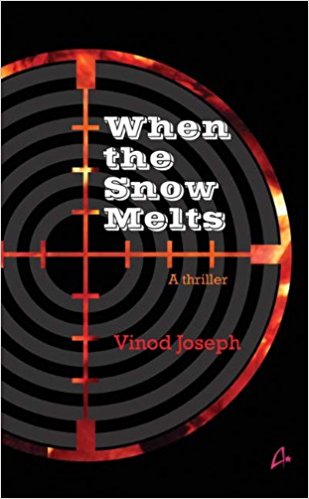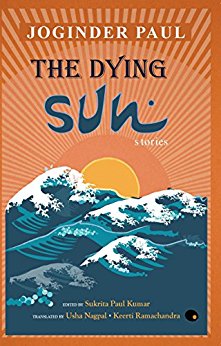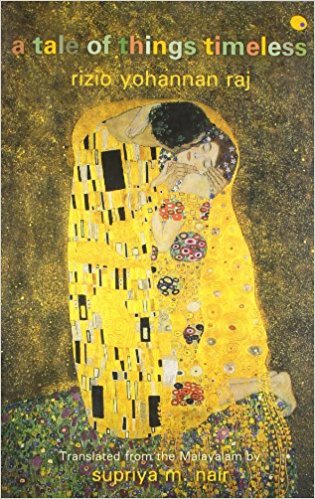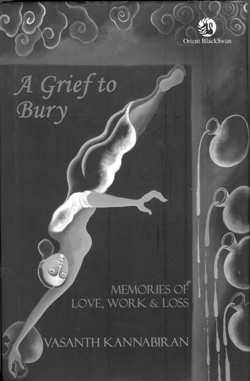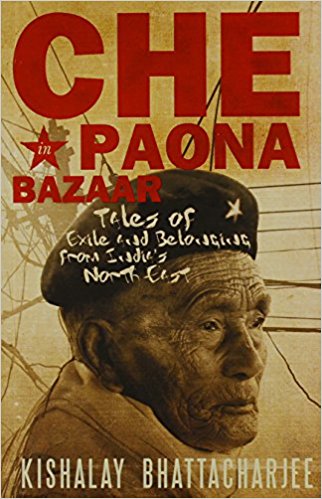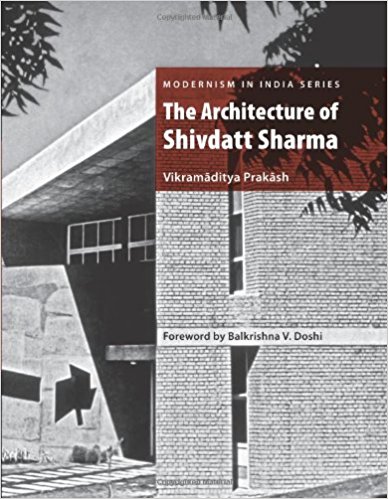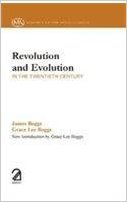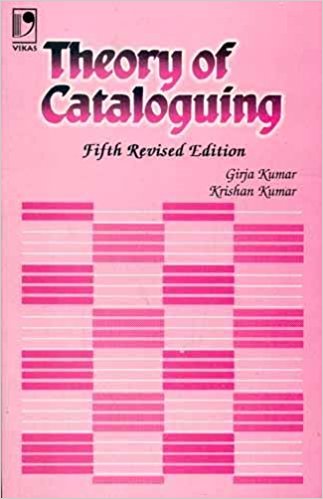Have postcolonial theory and subaltern studies in their attempt to point towards difference, consciously or unconsciously, reproduced colonial ideology and an Orientalist description of the subaltern and her politics in India?
Dag Hammarskjold and the Congo Crisis are both fascinating subjects, joined together by the United Nations connection. Either would merit a book in itself by Rajeshwar Dayal who had an intimate knowledge of both. But in choosing to write on his ‘mission for Hammarskjold’, Dayal hardly…
The authors of this book, Wilfred Burchett, an Australian, and Rewi Alley, a New Zealander, are no strangers to China. Burchett spent 19 years in S.E. Asia and China, and Rewi Alley first went to China in 1927. He stayed to witness, and to participate in the momentous events that encompassed…
This volume is a collection of fifteen essays on a bewildering array of themes, which range from a gossipy piece on factional feuds at the Nehru Memorial Museum and Library to a profound reflection on the state of universities in India.
Why My Third Husband Will Be A Dog is an extremely witty, humorous and enjoyable book. It makes for very good reading and is the perfect companion during a flight—will bring smiles and laughter to an otherwise boring flight or enjoy its cheerful funny snippets while lapping up the waves on a waterfront by the beach.
Vinod Joseph writes well, with a crisp, clear, no nonsense style. He writes with a bravado, typical of the new generation of young writers, who don’t need publicity to feel that they can succeed.
After reading a few young home-grown Indian English authors, switching to Joginder Paul’s short fictions in their English translation by Usha Nagpal and Kirti Ramchandran was like a breath of fresh air.
International developments have been unfolding with such rapidity in the second half of the present century that any attempt to survey them is in danger of being outdated between the time of its writing and its presentation to the reader.This is particularly true of the Third World in which phenomenal changes…
A Tale of Things Timeless is a tale of a life lived in pain and perishing. It does not begin from the beginning but from the end in an act of artful retrieval of a life lost in the process of living.
A Grief to Bury: Memories of Love, Work and Loss is a series of conversations with twelve Indian women who reflect upon the internal dynamics of their long enduring relationship with their spouses. They also share their individual coping strategies at the traumatic loss of their loved one, either suddenly or after a prolonged illness.
All journalists carry many notebooks, either literally or in their heads. That is because what they manage to bring out through their channels, whether print or television, is just the tip of the iceberg of the story.
The Architecture of Shivdatt Sharma by Vikramaditya Prakash is the first in a series planned to unravel the ‘story of Modernism’ in India.
It was perhaps too much to hope that under this grandiose title, M.R.P. would publish material of serious historico-analytic worth. Be that as it may, the Boggs have merely offered the world yet another example of the populist moral science that characterizes much of American radicalism today…
1976
Ernst Fischer is best known to English-speaking readers for his brilliant study in Marxist aesthetics The Necessity of Art. This book, an autobiography covering the first forty-five years of his life, is concerned mainly with his political activities. But the book is much more than an autobiography…
At a time when sociology has come to be dominated either by convoluted ways of stating the obvious or tortuous and pseudo-mathematical elaborations of dubious methodologies—often, indeed, by excruciating combinations of the two—Peter Berger’s book is to be lauded as an attempted return to sanity…
This study far surpasses the modestly expressed aspirations of the authors of being mainly designed to cater to the needs and requirements of ‘initiates in Library Science’. It should prove equally useful to many others interested in the techniques of information retrieval.As was evidently expected…
It is not a ‘scholarly’ book. It is not a ‘profound’ book. But it is a book which makes you want to meet the writer and talk to him. It has a pleasant, straight-from-the-shoulder manner, and the rat-tat-tat of the sentences, without nagging you, holds your interest. What is more, the down-to-earth locales…
With the exception of a few brief intermissions, throughout the British rule in India severe controls were put on the growth of public opinion and on the literature of nationalism or self rule…
1976
Bhisma Sawhney is known for his progressive views in literature and for stories and novels which provide pleasant reading material. His recent novel with the significant title Tamas (The Darkness) is primarily concerned with the human tragedy of communal frenzy, a social phenomenon that has always engulfed the society…


